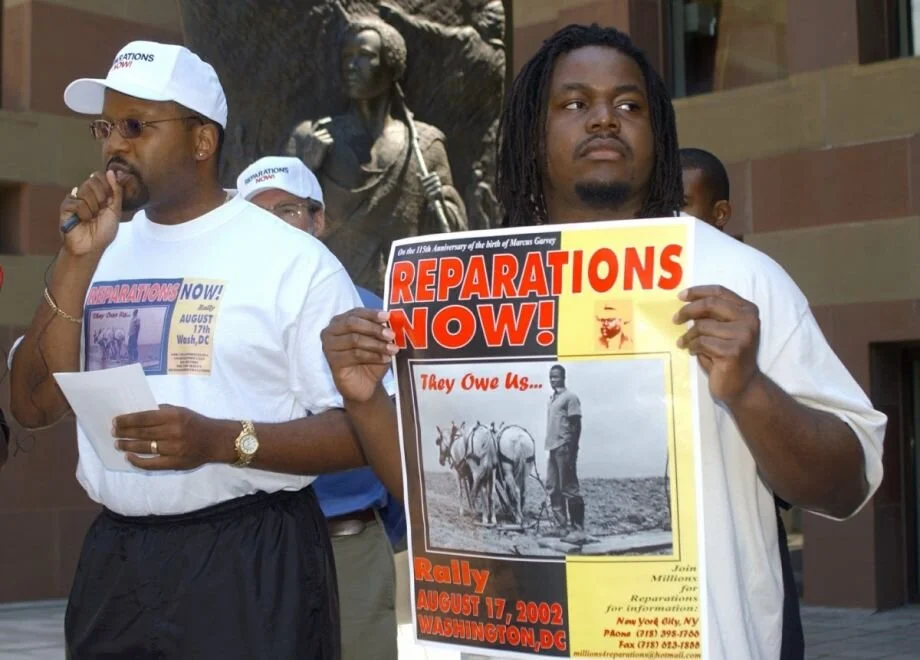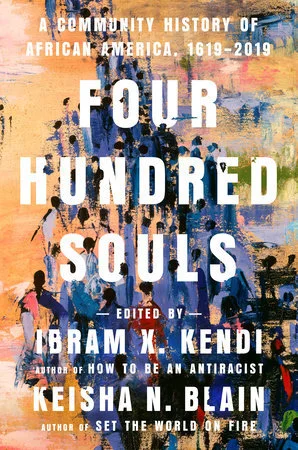Resources
Articles, books, and other educational material on the histories and memorials of enslaved Africans and their descendants across the United States
National Resources (U.S.)
Inwood, J. & Brand, A. “Infrastructure Built by Enslaved People Still Creates Wealth in US Cities.” Next City, 8 Feb. 2021.
This op-ed discusses the fact that much of our physical infrastructure in the United States was built by enslaved labor, thus reparations for slavery would need to go beyond government payments to the ancestors of enslaved people. This piece discusses possibilities for reparations based on geographic research such as: government investment in aspects of life where Black people face disparities, community investment and health care.
Frances Welsing, The Isis Papers (Chicago: Third World Press, 1991).
Dr. Welsing studies the psychology behind racism towards Black people, racism that still plagues most systems of society today
Map Reveals that Lynching Extended Far Beyond the Deep South (2019)
Penn State researchers’ map findings could prompt reevaluations of how scholars and the public perceive the scope and impact of racial violence in the United States, emphasizing the need for a more comprehensive understanding of this troubling aspect of the nation's past.
Bryan Stevenson Reclaims The Monument, in the Heart of the Deep South (2024)
Bryan Stevenson, the renowned civil-rights attorney, has embarked on reclaiming the monument in the heart of the Deep South by creating a museum, a memorial, and now, a sculpture park. His efforts serve to indict the city of Montgomery, historically significant as a former capital of the domestic slave trade and the cradle of the Confederacy. Through these initiatives, Stevenson aims to confront and challenge the troubling legacies of slavery and racism deeply embedded in Montgomery's history. The sculpture park represents another step in this ongoing mission to acknowledge past injustices, foster reconciliation, and promote a more honest and inclusive narrative of American history.
Ibram X. Kendi and Kaisha N. Blain, editors, Four Hundred Souls: A Community History of African America, 1619-2019 (New York: Random House, 2021).
This book is a compilation of essays, short stories, and more to approach the history of African Americans from various perspectives. A variety of voices are incorporated to construct the history of African slavery, while acknowledging their wide range of experiences and ideas.
The Atlantic. Inheritance: Black Life and American History
“A project about American history, Black life, and the resilience of memory.” A collection of history articles exploring the memory of African American histories in the United States.
The Atlantic. The Value of the Federal Writers' Project Slave Narratives
Clint Smith explains the value of the Federal Writer’s Project, which allowed previously enslaved Africans to share their stories. While enslaved, Black people were not permitted to record their histories, so their voices went unheard. The Federal Writer’s Project empowered previously enslaved people to write and speak their narratives.
Times Union, “Black judge Jane Bolin paved path to Ketanji Brown Jackson nomination”
Hudson Valley’s lesser-known boundary breaker, Jane Bolin, set not one but at least four firsts during her nearly 99-year lifetime, including being the first Black woman to serve as a judge in the United States when she was appointed in 1939. She paved the way for Ketanji Brown Jackson’s nomination for Supreme Court during Biden’s administration.
Clint Smith, How the Word is Passed (New York: Little Brown, 2021).
“Beginning in his hometown of New Orleans, Clint Smith leads the reader on an unforgettable tour of monuments and landmarks—those that are honest about the past and those that are not—that offer an intergenerational story of how slavery has been central in shaping our nation’s collective history, and ourselves.”
The Atlantic. Annette Gordon Reed on the First Africans in America
“Black America's Neglected Origin Stories”
The New York Times. The 1619 Project.
“The 1619 Project is an ongoing initiative from The New York Times Magazine that began in August 2019, the 400th anniversary of the beginning of American slavery. It aims to reframe the country’s history by placing the consequences of slavery and the contributions of black Americans at the very center of our national narrative.”
The Stealth Sticker Campaign to Expose New Yorkʼs History of Slavery (2021)
The stealth sticker campaign aimed at exposing New York's history of slavery highlights efforts to raise awareness about a often overlooked aspect of the state's past of slavery. By placing stickers in public spaces, activists aim to bring attention to the fact that New York was not exempt from the institution of slavery, despite its association with abolitionism.






